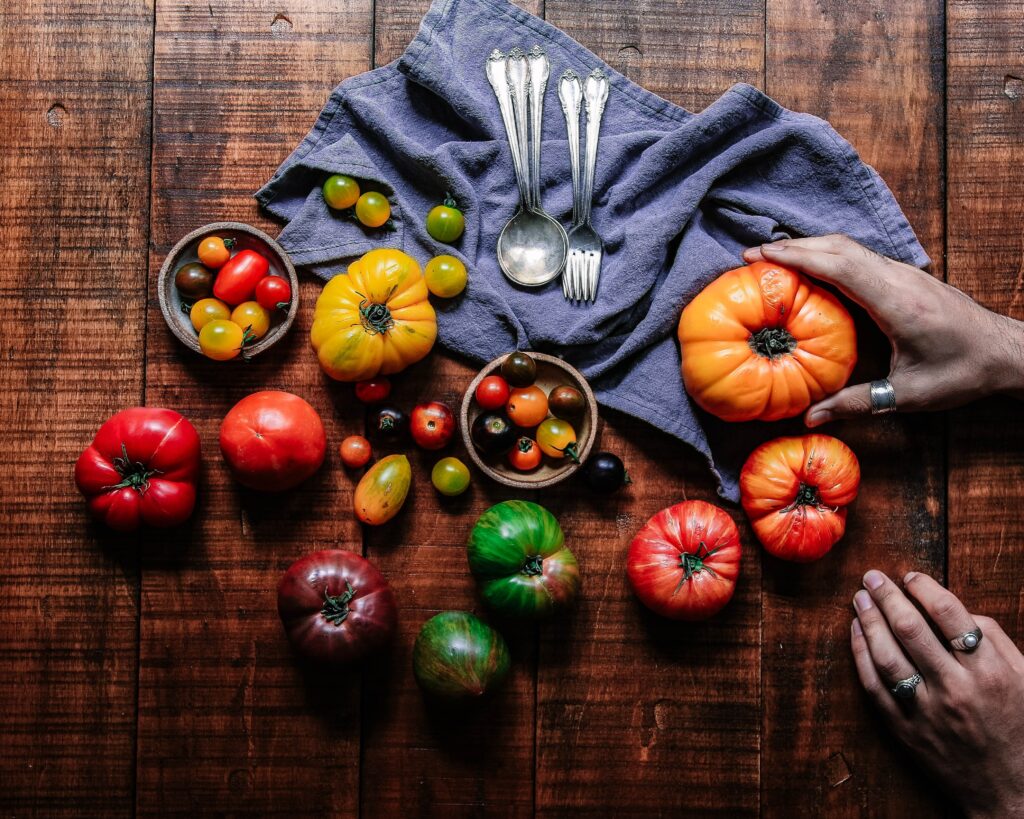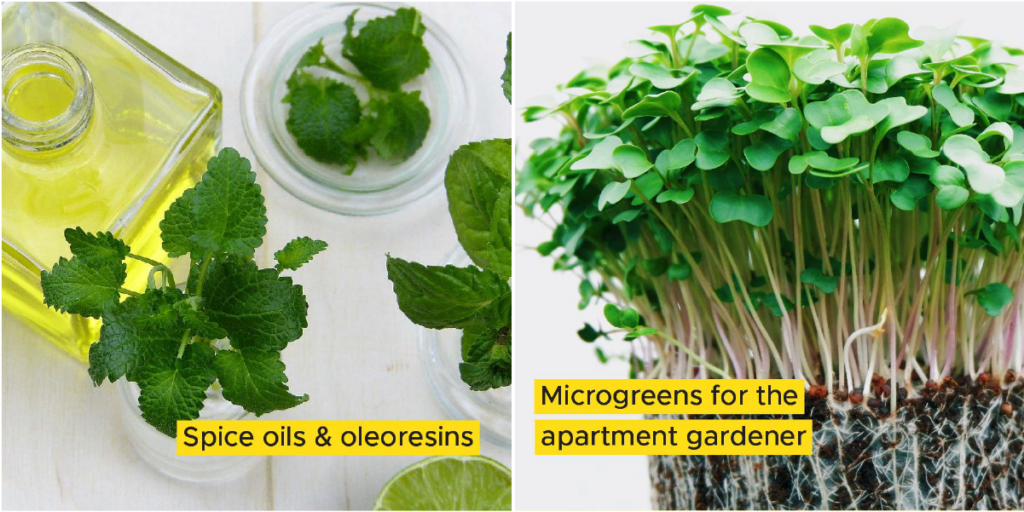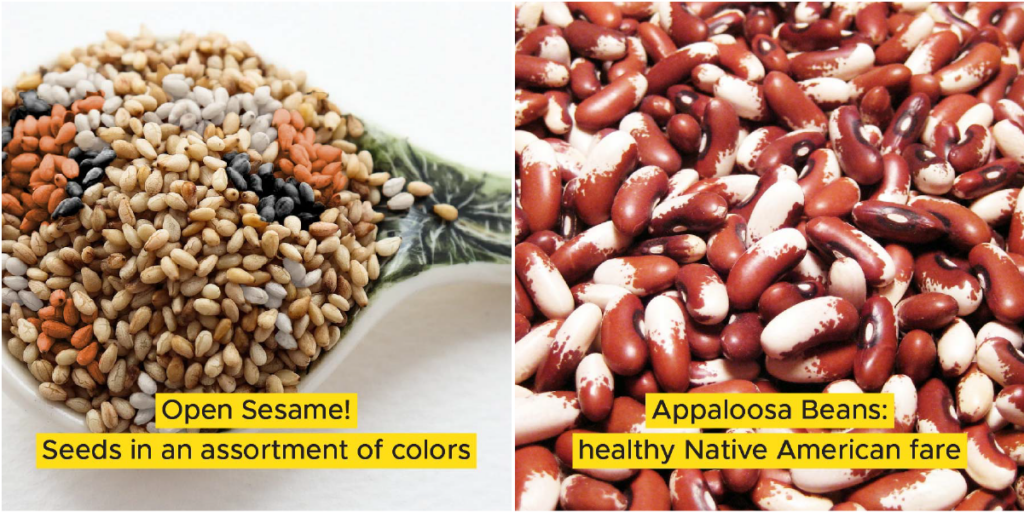FRUITS & VEGETABLES: EAT THE COLORS OF THE RAINBOW
Fruits & Vegetables: Eat the colors of the rainbow
- Published October 12, 2023
- Category Blog, Food Bulletin Newsletter
- Tags Fruits, Kitchen Pharmacy, Tcm

While the rainbow may not be the technically accurate description, fruits & vegetables broadly fall into five color groups. Each color is a carrier of specific phytochemicals that perform some unique functions including cell development, immune support and fighting specific diseases:
RED: Tomatoes, Red Grapes, Red Capsicum, Watermelons, Raspberries, Strawberries etc. Lycopene is the antioxidant that gives these fruits & vegetables their unique color. Its heart healthy and helps fight cancers.
PURPLE: Blueberry, Raspberry, Eggplant, Red Cabbage, Purple Grapes etc. Anthocyanin is the water-soluble flavonoid that imparts the colors purple, blue and red. They are anti-inflammatory, anti-viral and have anti-cancer benefits.
ORANGE: Carrots, Sweet Potato, Pumpkin, Kale, Mangoes, Nectarines, Grapefruit etc. Carotenoids are fat-soluble antioxidants in foods the most popular or familiar is Beta-Carotene that is converted to Vitamin A in the body. TIP: Cooking/chopping these vegetables releases more nutrients than eating these raw or whole.
GREEN: Spinach, Artichokes, Peas, Green Beans, Cabbage, Broccoli, Kiwi, etc. Indoles, Saponin & Carotenoids are phytochemicals in these green leafy vegetables, and are known to have anti-cancer properties.
BROWN/WHITE: Cauliflower, Mushrooms, Garlic, Potatoes, Onion, Bananas, Dates etc. Allicin, Quercetin & Sulphoraphane are compounds along with Vitamin C and Potassium in these fruits and vegetables. Known anti-inflammatory, promotes heart health & cholesterol.

Fruits offer the nutritional rainbow, but select ‘local colors’.
While the fruit rainbow ensures nutrient diversity, there’s wisdom in buying regional. Many growers harvest raw fruit & artificially accelerate ripening in transit. It could reach you several months old with nutrients diminished. While occasional indulgence is nice, regionally grown is better on a regular basis. Check your regional crop calendar, there’s quite a rainbow to choose.
Traditional Chinese Medicine prescribes seasonal ‘colors’ for health.
Here’s the traditional wisdom. Spring: detoxify, so green leafy vegetables & white radish to stimulate liver function. Summer: reduce yang (heat), so red carrots, sweet potatoes to cool. Autumn: strengthen lungs and gut ahead of winter, so whites & some colors like peppers, onions, leek, mushroom. Winter: reduce yin (water), so the rainbow of pumpkins, potatoes, beets, turnips & spinach for warmth. Your seasonal ‘colors’.

Open Sesame! They come in colors like white, black, tan, red, gold.
Yes, sesame seeds come in colors and each has a delicate flavor difference. What’s more, they contain high levels of calcium, magnesium, iron & phosphorus, with a ¼ cup providing a third of daily value. More importantly, they contain lignans (sesamin & sesamolin), that are powerful against cholesterol & high blood pressure. So eat more sesame seeds and look for the rainbow.
Appaloosa Beans: healthy Native American fare, named for a horse.
Appaloosa beans are beauties – ivory white speckled with purple, burgundy, brown. Just ¼ cup provides 15 g fiber & 9 g protein. Like pinto or kidney beans in flavor & texture, Appaloosa is wonderful in stews, casseroles, chili, and a healthy meat substitute. The tender green outer pods are also edible, making this a ‘whole meal bean’. Talk about Native wisdom!






